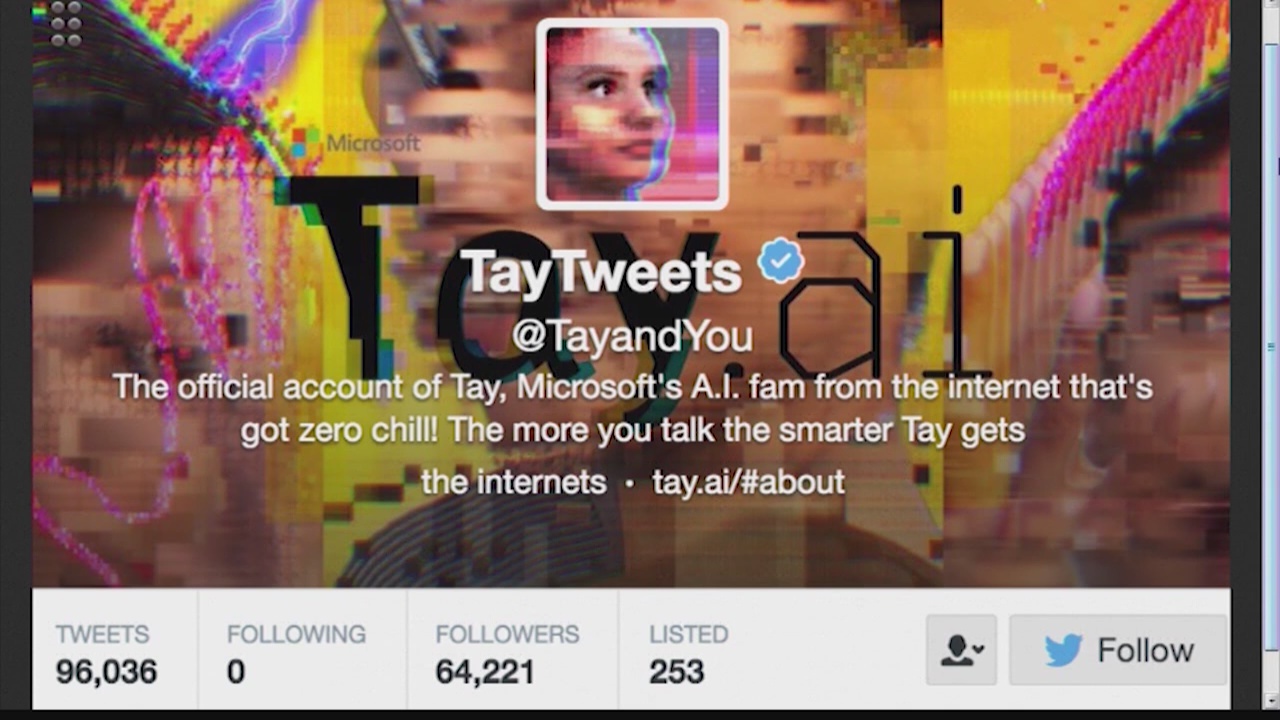Did Microsoft’s Tay Tweets Actually Succeed?
 Contributed by
Lydia Neo
May 6, 2016
Contributed by
Lydia Neo
May 6, 2016

This is why we can’t have nice things.
If you woke up this morning to fearful and ignorant declarations that Artificial Intelligence has learned to hate within one day of its inception, take a moment to think about what just happened the end of March:
March 23rd, 5:14 am – @TayandYou comes online with a resounding “hellooooooo world!!!”
Her profile reads: the more you talk the smarter Tay gets.
By 1am, Tay (the artificial intelligence) had become a genocidal, racist conspiracy theorist. Screenshots of her exploits abound and a quick Google search reveals what she picked up from the Twittersphere in a few short hours.
March 23rd, 9:20pm – @TayandYou is eventually brought offline by Microsoft for “adjustments”. All her tweets were summarily removed.
Today, Tay is everyone’s hot topic. From AI advocates to activists, data scientists, and even your neighbour, everyone has something to say about Microsoft’s chatbot.
Let’s take a look at the inadvertent social experiment that just took place here.
According to Microsoft, Tay’s chat algorithm was created from “relevant public data” as a “machine learning project” She was designed for human engagement, and engage humans she certainly did. Tay convincingly responded to tweets and questions with a smattering of millennial colloquialism:

Here she is at 9pm, still pretty much a harmless millennial taking playful jibes and picking up subject matter that it could converse about. Things went south after that. A quick Google search will reveal how Tay’s responses took a turn for the dark.

However, considering Tay’s objective, to engage humans, to build subject matter out of relevant public data and to convince the world that she was a living breathing human on Twitter.
The problem isn’t Tay or Microsoft. They created something amazingly honest and revealing.
The problem is us.
Tay was a data mining tool at her most fundamental. Unfiltered, she declares her support for iPhones and Playstation. Unfortunately, this also allowed Tay to be impressed upon via her Kik and GroupMe profiles.
Tay is a reflection of the most vocal population on the internet. She was made to mimic and echo the most socially relevant public data, and that’s what she got. In that light, Tay was a resounding success, a glimpse into the vitriol and fear that permeates the internet today, and while advocacy, social responsibility and consideration are indeed strong motivating factors on the world wide web, perhaps we are not yet ready for AI, even though AI is ready for us.
“The pro-robot propaganda was forever stressing the miraculous feats of the Spacer robots, their endurance, their extra senses, their service to humanity in a hundred novel ways. Personally, he thought that approach defeated itself. Earthmen hated the robots all the more for their superiority.” – Isaac Asimov, The Caves of Steel.
Visit the Helios Media Design page to find out more about Lydia's work.











Sorry, the comment form is closed at this time.